Rotifers and diatoms aid shrimp biofloc nurseries
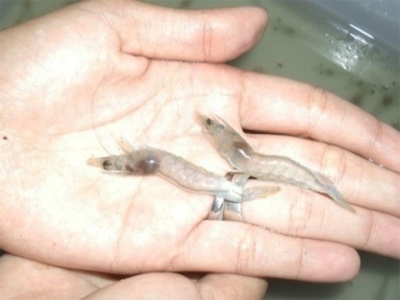
Addition of phytoplankton and microscopic ‘wheel animals’ can improve larval performance
The addition of diatoms (Navicula sp.) and rotifers (B. plicatilis) to larval shrimp tanks every five days provides a significant natural food source for shrimp in their early stages in biofloc systems.
In shrimp farming systems, the microbial community plays an important role in recycling nutrients, decreasing the anoxic zones in ponds and alleviating the nutrient load in wastewater, while providing an additional nutrition source for the cultured shrimp in semi-intensive and intensive systems.
The use of plankton in intensive shrimp farming systems yields better performance of the cultured organisms, as it improves the content of essential amino acids and highly unsaturated fatty acids in the tissues of cultured shrimp.
Study setup
This study was carried out at the Sustainable Mariculture Laboratory of the Fisheries and Aquaculture Department of the Rural Federal University, Pernambuco, Recife, Brazil, to assess shrimp performance in a biofloc system with the addition of diatoms (Navicula sp.) and rotifers (Brachionus plicatilis).
For the duration of the experiment, the light intensity was kept at about 1,000 lux using a fluorescent lamp with a natural photoperiod. No water exchange was done during the experimental period, except for the addition of dechlorinated freshwater to compensate for evaporation losses.
Molasses was added once a day as a carbon source to maintain the carbon:nitrogen ratio at 12:1. Hydrated lime was used to maintain alkalinity and pH above 100 mg/L and 7.5, respectively. The experimental shrimp were fed daily with a commercial shrimp feed (40 percent crude protein), and rations were adjusted daily based on the estimated shrimp consumption, mortality rate and unconsumed feed.

The study tested the effects on larval Pacific white shrimp of additions of the diatom Navicula sp. (both tests) and the rotifer B. plicatilis (second test) to a shrimp nursey biofloc system.
First test – diatom addition
We evaluated the performance of Pacific white shrimp (Litopenaeus vannamei) postlarvae in a biofloc system during 20 days with the addition of the diatom Navicula sp. The shrimp (17.7 ± 0.02 mg,) were stocked at 2,500 shrimp/m3 in the experimental units. Diatoms were added at a concentration of 5 x 104/mL to the culture tanks on days 1, 5, 10 and 15.
Five days prior to stocking the shrimp, water from a matrix tank (0.12 mg/L total ammonia nitrogen, 2.2 mg/L nitrite nitrogen, alkalinity of 100 mg calcium carbonate/L, and 27 mL/L settleable solids) was mixed and used to fill 12 black-plastic tanks (usable dimensions of 50 x 35 x 23 cm, equivalent to a volume of 40 L) to approximately 50 percent of their volume, and the remaining was filled with seawater.
Second test – diatom and rotifer additions
We also evaluated the performance of Pacific white shrimp postlarvae during 35 days in a biofloc system with the addition of the diatom Navicula sp. and rotifers (B. plicatilis). The shrimp (16.2 ± 0.03 mg) were stocked at 2,500 shrimp/m3 in the experimental units. Diatoms (at a concentration of 5×104/mL) and rotifers (at a concentration of 30 rotifers/mL) were added to the culture tanks on days 1, 5, 10, 15, 20, 25 and 30.
Five days prior to stocking the shrimp, water from a matrix tank (0.2 mg/L total ammonia nitrogen, 0.5 mg/L nitrite nitrogen, 2.2 mg/L nitrate nitrogen, alkalinity of 134.7 mg calcium carbonate/L, and total suspended solids of 206 mg/L) was mixed and equally distributed to fill 12 black-plastic tanks (useful dimensions of 50 x 35 x 23 cm, equivalent to 40 L).
Results
In the first test, the shrimp survival rates were all above 87 percent during the 20-day experimental period. The feed conversion rate (FCR) of 0.9 and the final weight of 0.34 grams of shrimp in the tanks with added diatoms were significantly better (P < 0.05) than for shrimp in tanks without added diatoms (1.2 FCR; 0.27g final weight).
In the second test, shrimp survival rates were all above 70 percent in the tanks without added diatoms and rotifers, and 85 to 91 percent in the tanks with added diatoms and rotifers. The final weight of shrimp in the tanks with added diatoms and rotifers ranged from 0.81 to 1.08 grams, and 0.68 grams in the tanks without added diatoms and rotifers. Shrimp receiving diatoms and rotifers had an FCR ranging from 0.92 to 1.37, and shrimp in tanks without added diatoms and rotifers had an FCR of 1.94 tanks.

Fig. 1: Performance parameters of L. vannamei reared in a nursey biofloc system with and without the addition of the diatom Navicula sp.
The positive effect of diatom and rotifer additions on the performance parameters of shrimp indicate that Navicula sp. and B. plicatilis serve as natural food sources for postlarval L. vannamei in biofloc systems. They probably provide important nutrients like essential amino acids and highly unsaturated fatty acids, essential to shrimp survival and growth.

Fig. 2: Performance parameters of L. vannamei reared in a nursey biofloc system with and without the addition of the diatom Navicula sp. And the rotifer B. plicatilis.
Perspectives
The results of our study indicate that the addition of diatoms (Navicula sp.) and rotifers (B. plicatilis) to larval shrimp tanks every five days provides a significant natural food source for shrimp in their early stages in biofloc systems.
References available from the corresponding authors.
Authors
DR. LUIS OTAVIO BRITO DA SILVA
- Corresponding Author
- Professor Adjunto A
- Departamento de Pesca e Aquicultura
- Universidade Federal Rural de Pernambuco
- Recife, Brazil
- engpescalo@hotmail.com
JÉSSIKA LIMA DE ABREU
- Departamento de Pesca e Aquicultura
- Universidade Federal Rural de Pernambuco
- Recife, Brazil
- jessik.labreu@gmail.com
CLARISSA VILELA FIGUEIREDO DA SILVA CAMPOS
- Departamento de Pesca e Aquicultura
- Universidade Federal Rural de Pernambuco
- Recife, Brazil
YLLANA FERREIRA MARINHO
- Centro de Ciências Humanas, Naturais, Saúde e Tecnologia
- Universidade Federal do Maranhão
- Pinheiro, Maranhão, Brazil
MARCELE TRAJANO DE ARAÚJO
- Departamento de Pesca e Aquicultura
- Universidade Federal Rural de Pernambuco
- Recife, Brazil
DR. ALFREDO OLIVERA GÁLVEZ
- Corresponding Author
- Departamento de Pesca e Aquicultura
- Universidade Federal Rural de Pernambuco
- Recife, Brazil
Có thể bạn quan tâm
Phần mềm

Phối trộn thức ăn chăn nuôi

Pha dung dịch thủy canh

Định mức cho tôm ăn

Phối trộn phân bón NPK

Xác định tỷ lệ tôm sống

Chuyển đổi đơn vị phân bón

Xác định công suất sục khí

Chuyển đổi đơn vị tôm

Tính diện tích nhà kính

Tính thể tích ao hồ
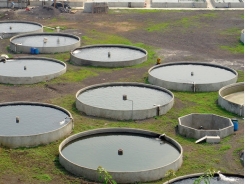
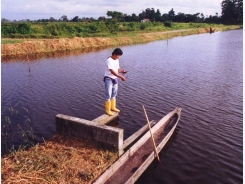
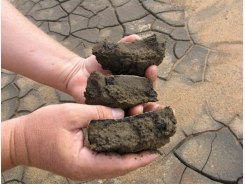
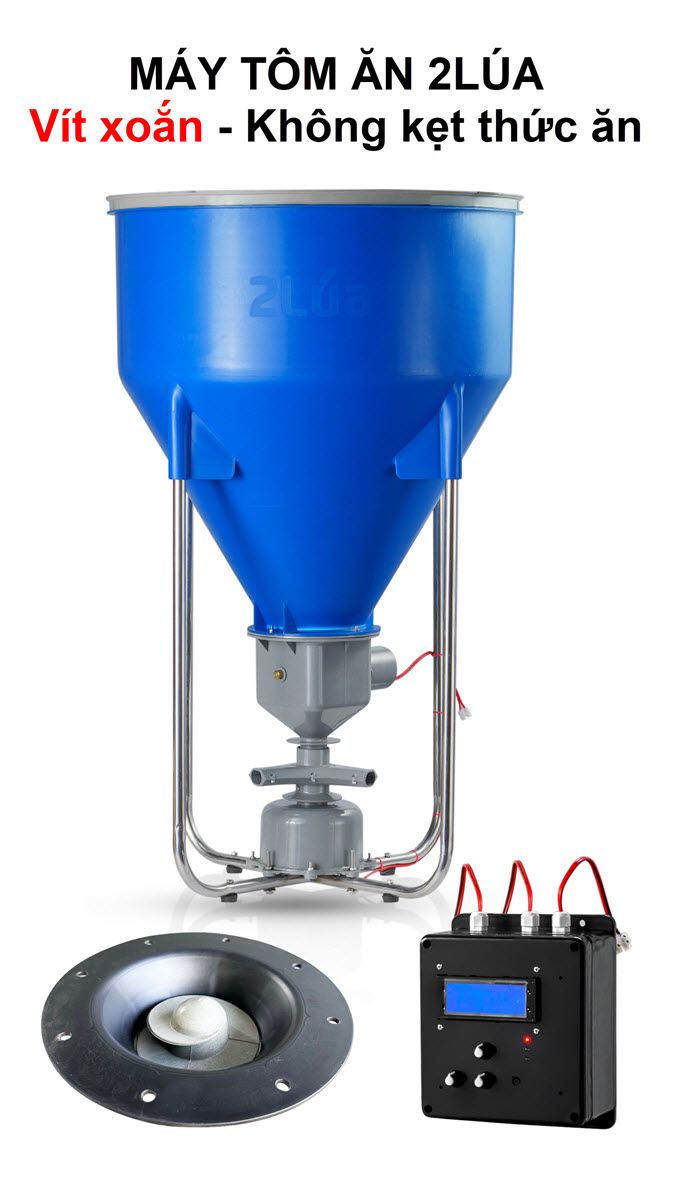
 Analyzing the hydrostability of shrimp feeds
Analyzing the hydrostability of shrimp feeds  The complex principles of redox measurement
The complex principles of redox measurement